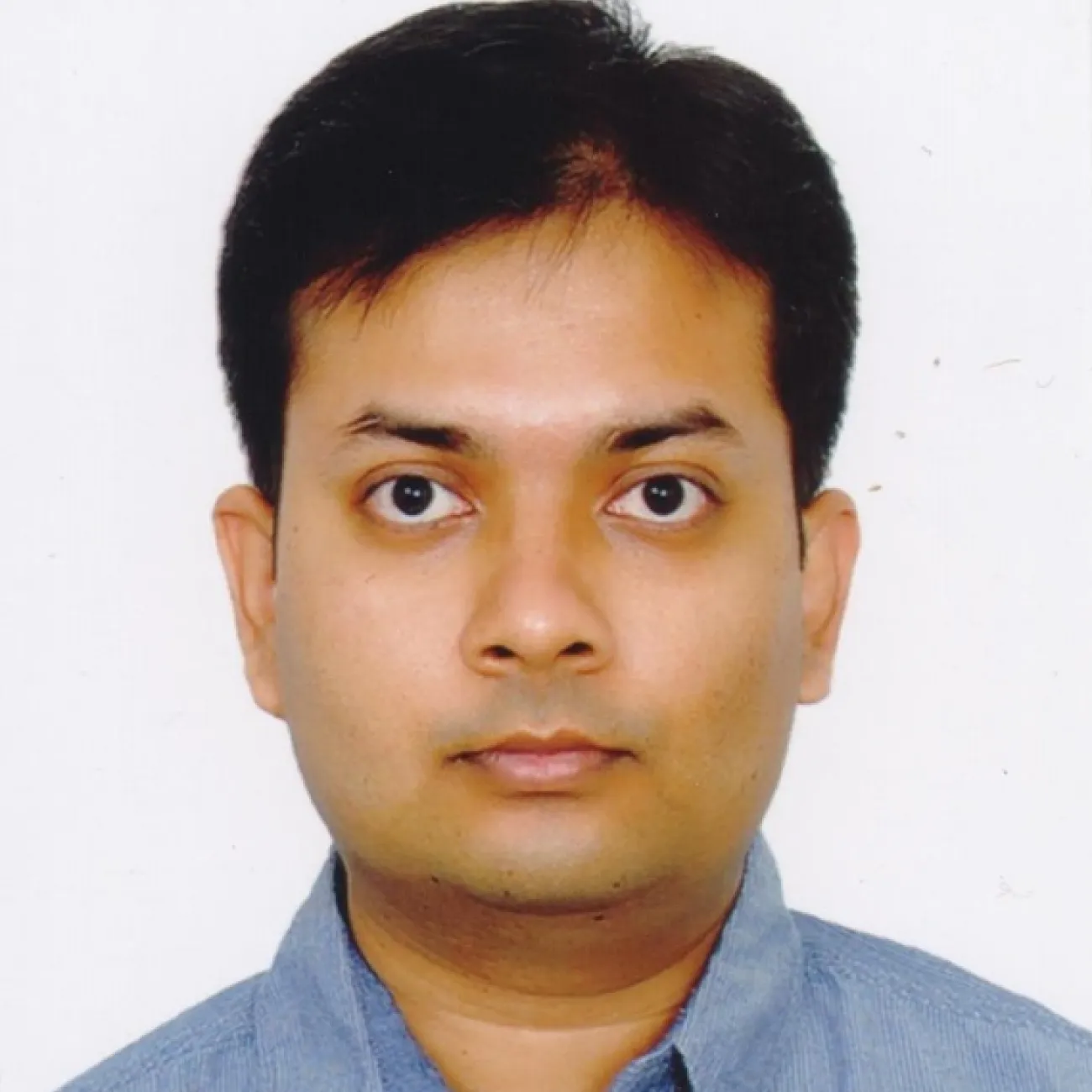About
Dr. Abhinav Kumar Singh received his Bachelor’s degree in Aug 2010 from Indian Institute of Technology (IIT), New Delhi, India, and Ph.D. degree in Jan 2015 from Imperial College London, U.K., both in Electrical Engineering. He has been a Lecturer of Power Systems at the School of Electronics and Computer Science, University of Southampton, since April 2019. Prior to joining Southampton, he was a Lecturer at University of Lincoln from Aug 2017 to Mar 2019, and a Research Associate at Imperial College London from Jan 2015 to July 2017. He currently also serves as Editor of IEEE Transactions on Power Systems and Journal of Modern Power Systems and Clean Energy.
His research interests lie in real-time estimation and control of future energy networks, a multi-disciplinary area involving the fields of power systems, sustainable energy, control systems, signal processing and communication. The motivation behind his research lies in the fact that traditional technologies for protection and control of energy systems need to be upgraded to manage newer complexities arising because of increased integration of renewable sources of energy - and the identification or estimation of current operating states of the system in real-time is a necessary requirement for that. His key research contribution towards this requirement is in proposing a new approach for achieving decentralization in estimation and control of power systems which bypasses the unrealistic assumption of having a rigorous communication network for data transmission in power systems and facilitates real-time estimation and control. His current research deals with dynamic estimation based nonlinear control of power system dynamics, and modelling and dynamic estimation and control of renewable generation.
His research findings during PhD were selected for the EPSRC Doctoral Prize Fellowship. He has developed and validated a 68-bus power system model as part of IEEE PES Task Force on Benchmark systems for small signal stability analysis and control, which now serves as a standard for researchers to validate their innovations in stability analysis and control design. He was also a member of IEEE PES Task Force on Dynamic State and Parameter Estimation, which standardized definitions and methods of dynamic estimation and demonstrate its applicability. Within this taskforce, he led a subtask aimed at demonstrating the value of dynamic estimation in real-time power system monitoring and control. His contributions to these task-forces have been recognised through the IEEE PES Working Group Recognition Awards, awarded in 2016 and 2022, respectively. He is currently a member of IEEE PES Task Force on Standard Test Cases for Power Systems State Estimation, wherein he is leading the development of the DSE test case for 68-bus benchmark system.
Research projects:
PI on a National Grid project, ‘Economic Ageing of Transformers’, NIA_NGTO038: £480K, Oct 2019-Jun 2021.
Co-I on a UK-China EPSRC-NSFC project, ‘Resilient Operation of Sustainable Energy Systems’, EP/T021713/1: £780K, Jul 2020-Jun 2023.
You can update this in Pure (opens in a new tab). Select ‘Edit profile’. Under the heading and then ‘Curriculum and research description’, select ‘Add profile information’. In the dropdown menu, select - ‘About’.
Write about yourself in the third person. Aim for 100 to 150 words covering the main points about who you are and what you currently do. Clear, simple language is best. You can include specialist or technical terms.
You’ll be able to add details about your research, publications, career and academic history to other sections of your staff profile.
